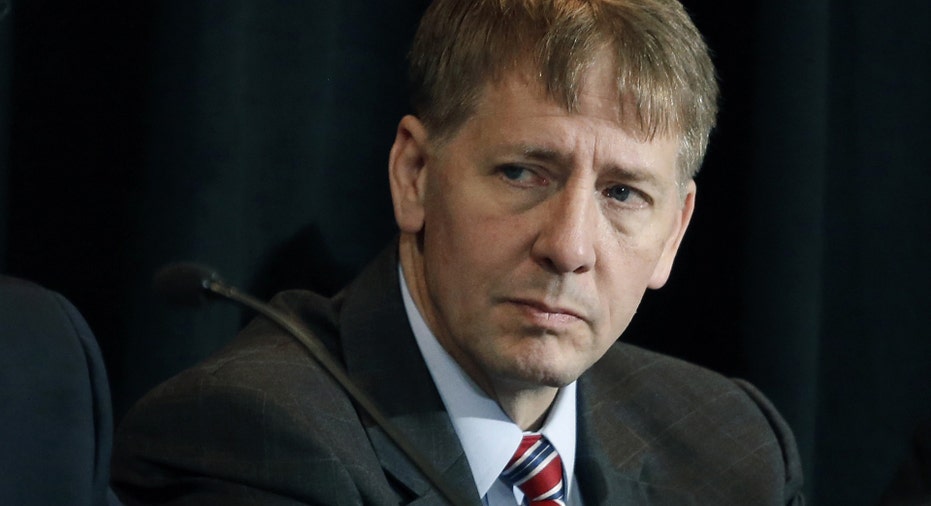The Consumer Financial Protection Bureau: Hurting those it was designed to protect?

The Consumer Financial Protection Bureau (CFPB) has been a source of contention among lawmakers on Capitol Hill since it was introduced in the wake of the financial crisis and a new report released Thursday by the Competitive Enterprise Institute (CEI) outlines multiple ways the agency actually subverts its own mission of protecting individuals, ultimately inflicting more pain than promise.
“The agency is … actively harming consumers, pressing ahead with regulations even when the benefit to consumers is likely to be outweighed by the costs,” said Iain Murray, vice president for strategy at CEI and author of the report.
CEI argues that, despite the fact that the CFPB returned about $12 billion to 29 million consumers over the past six years, some of those cases include instances where the victories belong to other actors. For example, it lists the Wells Fargo fraudulent account scandal as an instance where the CFPB missed the fraud – until it was made public by The Los Angeles Times.
Murray also believes the CFPB’s arbitration rule transfers wealth from consumers to lawyers, that its proposed rule on small-dollar loans would kill access to loans for the people who need them most and that it kills lending and mergers among regional banks and credit unions through excess regulation.
However, U.S. PIRG consumer advocate Mike Litt, told FOX Business that the CFPB has not only gotten results for consumers, it has “restored fairness and competition in the marketplace.”
“[The CFPB has] actually taken over 180 legal actions … [and] processed over 1 million complaints,” Litt said. “Because the complaints are made public there’s a 97% response rate and companies are held accountable.”
According to the bureau, more than 25,000 consumers call its resource centers each month and as of July 1, it has handled 1.2 million consumer complaints in total.
However, in addition to flawed execution, critics argue the CFPB’s operational mandate allows it to work outside of constitutional bounds. Those complaints include the fact that it is funded by the Federal Reserve, instead of by Congress, that it is not subject to proper oversight and that its director cannot be fired at will, like the heads of other agencies. Additionally, CEI says the courts give “extra deference to the CFPB’s decisions in some cases.”
Murray says that, if the CFPB cannot be abolished outright, in order to remedy these perceived abuses it should be subject to oversight by all three branches of government and its draft rules should be submitted to the Office of Management and Budget for approval.
But proponents, including Litt, say the CFPB was designed as an independent agency in order to limit outside influences and the current mandate allows it to carry out that mission without interference from lobby groups.
“We think that the way the CFPB has been set up and is operating is exactly what was intended in order for it to actually be a real watchdog for consumers,” Litt said.
The Consumer Financial Protection Bureau recently surged back into the national discourse after the Equifax breach, as lawmakers on both sides of the argument used the instance to either credit or discredit the agency. Treasury Secretary Steven Mnuchin has proposed some changes to the CFPB, along with Dodd-Frank as a whole.



















